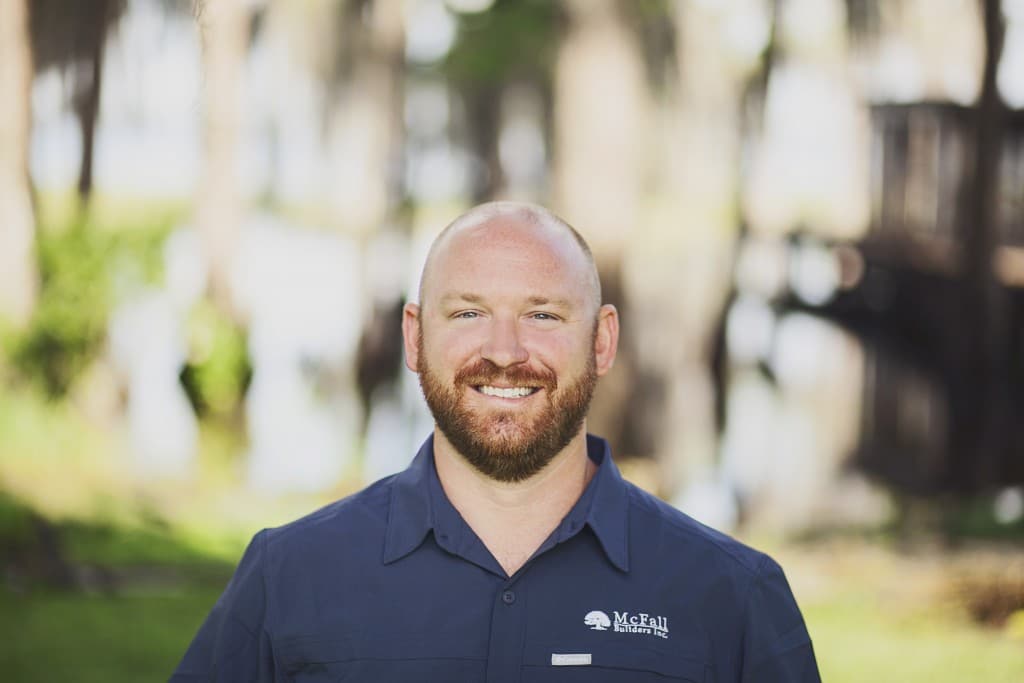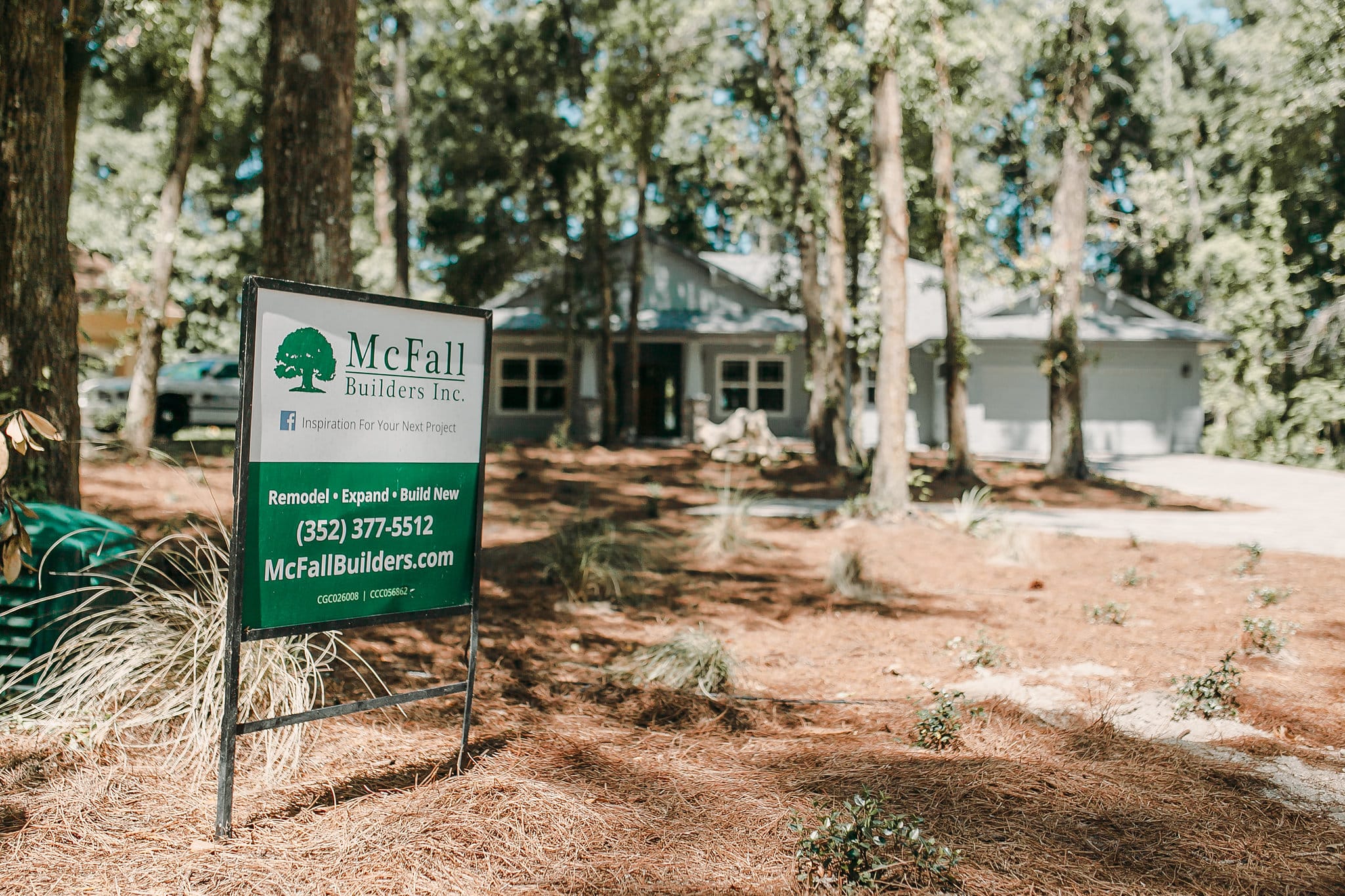Interview with Jason McFall About Green Home Building in Gainesville
October 31, 2012
How does a home get properly certified for being a green home?
A “green” certificate is obtained after completing an energy certification that meets the standards of the Florida Green Building Coalition or FGBC.
Why should potential home buyers consider going green with their home purchase or custom green home improvement project?
The benefits of going green are numerous and can range from small to very large savings in a household’s energy consumption. Small investments such as light bulb replacement and weather stripping can reduce electricity use. Other larger investments such as replacing HVAC equipment with two-stage systems can instantly cut anywhere from $75 to as much as $250 off the bill! Overall, going green is a very general term and the thing to always keep in mind is that improvements are cumulative.
What are the advantages of using green building materials as opposed to the more traditional materials?
There are several benefits of using green products that span across many categories of products. A major group of materials that our company likes to use is “composite trims and siding.” These materials are there for the long haul and can withstand our north-central Florida conditions the best. They are both rot-resistant unlike any other wood or non-wood products and virtually maintenance-free. Azek composite trim and James Hardie Board are just a few of our favorites.
Green not only means that the products improve energy consumption after production, but that they also reduce the impact on the planet during production. Composite materials are not made from trees and therefore require considerably less effort and energy to produce. Keep in mind the fuel and effort to harvest, transport, and then manufacture a tree for use as a siding board, for example, compared to that of pouring a mixture into a stamped mold that comes out consistent and uniform every time. The material is not used for any kind of load-bearing integrity but is structurally sound in terms of the exterior cladding of a home.
What is the latest green trend that you are noticing among your customers?
For sure the previously mentioned maintenance-free materials and the shift towards a home that can be cared for and maintained with as little effort as possible. This drastically reduces repair and maintenance costs which saves the owner over the life of the investment.
What are some easy improvements that homeowners can make themselves to make their home more green?
Previously mentioned light bulb replacement and weather stripping are two easy projects for Do-It-Yourselfers. Caulking penetrations in exterior siding or block walls can reduce air leakage. Adding additional blown-in or spray-foam insulation to the attic space of a home can cut costs considerably, especially in the winter months. Replacing aging HVAC equipment and weatherizing the attic space of a home are perhaps the largest energy-saving improvements. Replacing doors and windows with fiberglass or vinyl products is preferred along with glass that meets the Department of Energy’s SHGC and U-factor standards.
Some don’t understand the difference between a green home and an energy star home. Can you explain the differences and similarities between the two classifications?
A green home is a home that has been certified by the FGBC as mentioned above. A home can also be certified as a Green home by a larger national building program called Leadership in Energy and Environmental Design (LEED). These homes are certified through the USGBC (United States Green Building Council). On the other hand, a home that is simply labeled as an “energy star” or energy-efficient home simply means that the home has met the standards of the U.S. Department of Energy. Do not be fooled, an energy star house is by no means to be assumed or labeled as a “Green” house. However, a true “Green” home should meet the standards of both the DOE and the FGBC.
What are some of the latest trends in building materials that you have noticed?
Materials have certainly gradually moved to composites for exterior cladding. The vinyl window market has continued to grow and expand. Fiberglass doors, especially in Southern climates are popular choices. Lux plank vinyl floors have continued to grow in popularity because of their green characteristics. Low-VOC paints and stains and upgraded air filters for HVAC equipment can drastically improve indoor air quality, a commonly forgotten about component to a true “Green home.”
What are some common misconceptions about an energy-efficient home?
That because a home is simply labeled “Energy Star” or “Green” that the home is actually FGBC or LEED Certified.
What are some areas that can improve the efficiency of the bathroom?
Bath exhaust fan timers are a simple green improvement to the bathroom space. Timers can be installed to regulate the period of time that the fan is running. Timers are used to prevent fans from being left on for lengthy periods that cause large amounts of air to be displaced into the attic space. They also prevent the fan itself from using power for long periods of time.

